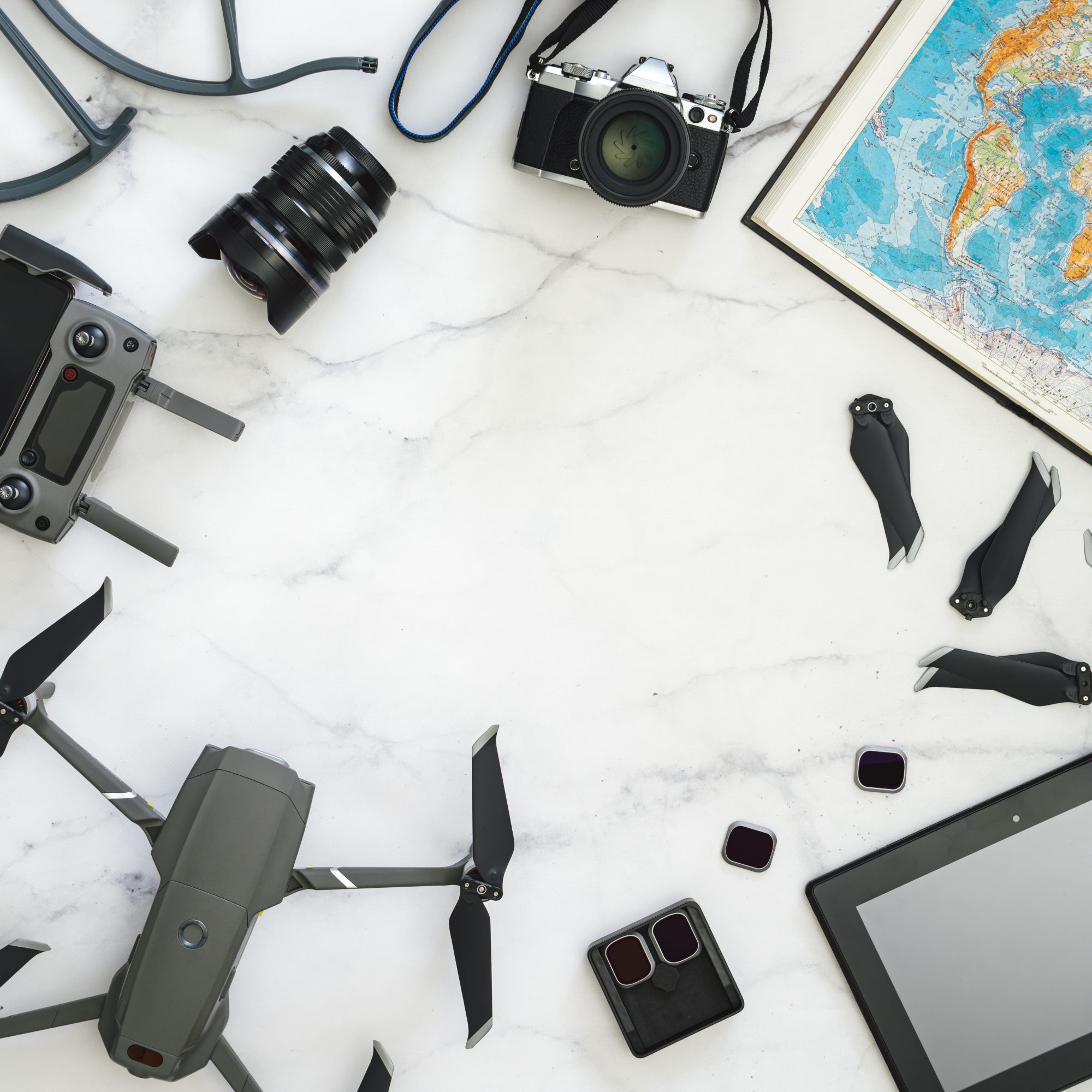Have you ever found yourself trudging through a quaint cobblestone alley, camera bag in tow, only to realize you’ve packed more gear than you could possibly need? It’s a common tale among travelers who are passionate about capturing every moment. The truth is, when it comes to travel photography, less is often more. Embracing a minimalist approach not only lightens the load but also sharpens the focus on creativity.
Imagine navigating the bustling streets of Tokyo or the serene landscapes of Iceland with nothing but a single camera and a prime lens. It sounds daunting, yet liberating, doesn’t it? This is the essence of minimalist travel photography – making the most out of limited gear. It challenges one to think outside the box, to see beyond the confines of zoom ranges and filter options.
For those intrigued by the prospect of creative travel photography, the journey begins with reevaluating the essentials. It’s about distinguishing between what’s truly necessary and what’s merely a comfort blanket. Packing light doesn’t mean compromising on quality; it’s about making intentional choices that enhance the travel experience.
But how does one decide what makes the cut for a minimalist photography kit? It starts with a simple, yet profound question: What is the core of your photographic intent? Understanding this guides every choice thereafter. For some, a versatile 35mm lens on a reliable body captures the essence of street and landscape photography alike. For others, a 50mm lens, known as the ‘nifty fifty,’ offers a closer approximation to the human eye’s perspective, ideal for portraits and candid shots.
Next, consider the indispensable accessories. A lightweight tripod for those long exposures, a couple of spare batteries, and perhaps a small notebook for jotting down impressions and settings. Yes, even in the digital age, the tactile act of writing complements the visual storytelling of photography. This pared-down approach not only makes for lighter luggage but also encourages a deeper engagement with the surroundings. After all, isn’t the aim to immerse oneself in the moment, to capture the soul of a place rather than just its image?
Furthermore, embracing minimalism in photography gear opens up a realm of creativity. It forces one to rely on composition, light, and storytelling, rather than zooming in or out. It’s about crafting a narrative with what’s in front of the lens, using constraints as a catalyst for innovation.
The beauty of adopting a minimalist approach to photography gear while traveling is not just in the ease of movement it affords. It’s in the liberation from the overwhelming choice, allowing one to focus on the art of seeing. With fewer distractions, the world opens up in a new light, revealing details and stories that may have otherwise been overlooked. It becomes a dance of sorts, a rhythmic interaction between the photographer and the environment, each step dictated by curiosity and observation rather than the burden of equipment.
Moreover, this minimalist journey doesn’t end with the trip. The lessons learned from traveling light extend into every facet of photography. They teach the value of resourcefulness, the beauty of simplicity, and the importance of being present. These are the ingredients that transform good photographs into memorable stories, the kind that resonate with authenticity and emotion.
In conclusion, the path to impactful travel photography doesn’t require an arsenal of gear. It beckons for a return to basics, to the essence of why we capture images in the first place – to tell stories, to preserve moments, and to connect with the world in a profound way. So, next time the road calls, remember: all you truly need is your vision, a camera, and the courage to explore with a light pack and an open heart. Isn’t it time to let the art of minimalism redefine your photographic journey?


0 Comment